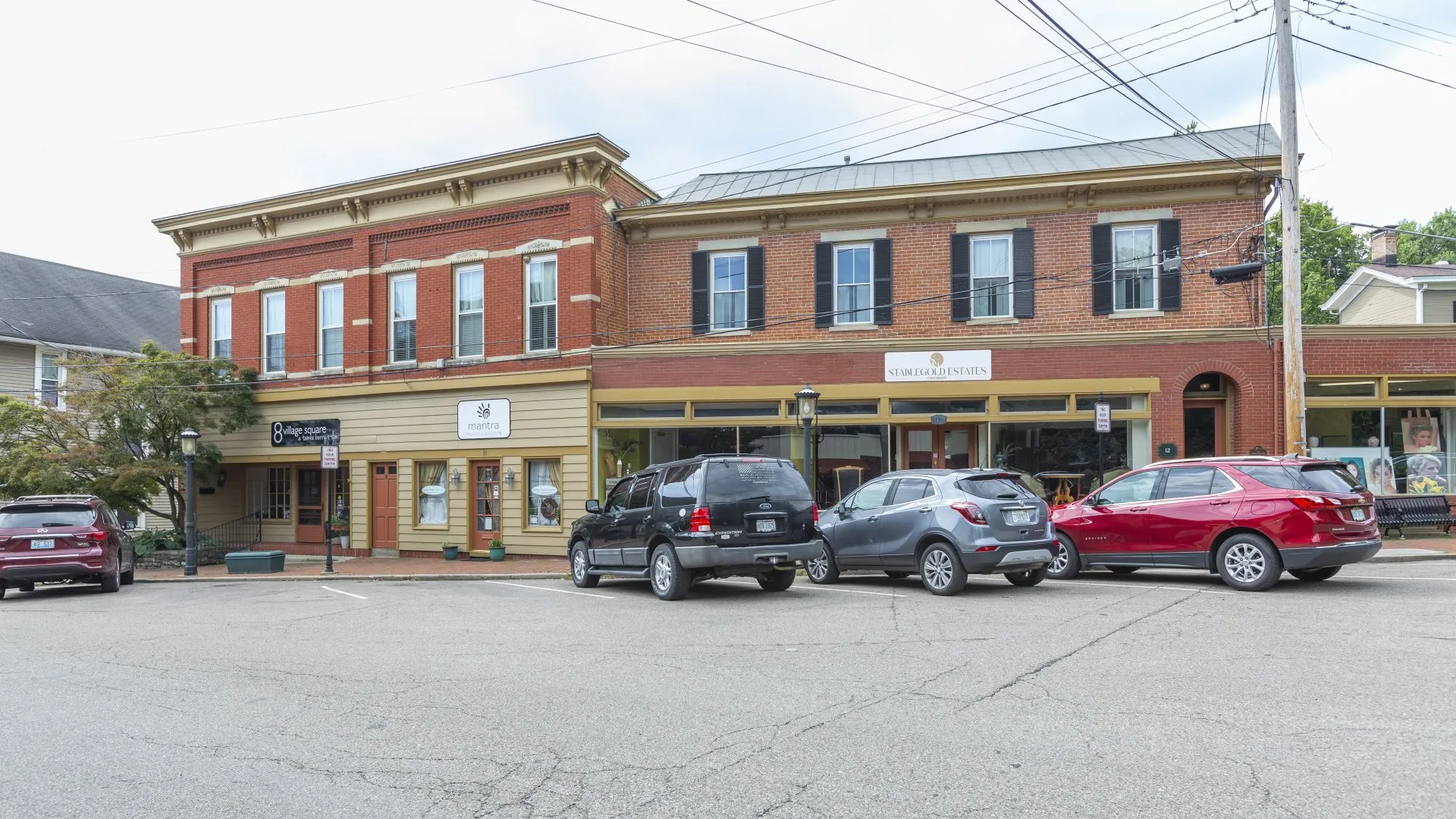Thriving in a Tight Market: Strategies to Navigate the U.S. Housing Inventory Shortage
The real estate market continues to grapple with a significant inventory shortage. Across various regions in the U.S., prospective homebuyers are finding it increasingly difficult to secure properties due to the limited number of homes available for sale. As a result, competitive bidding has become the norm, driving up prices and reshaping the homebuying experience. For investors, real estate professionals, and potential homeowners, understanding the dynamics of this shortage is key to navigating this highly competitive landscape.
Navigating the Real Estate Dilemma
Over the past few years, the U.S. housing market has faced unprecedented challenges, and the current inventory shortage is one of the most significant hurdles. What was once a cyclical issue driven by seasonal trends has now become a structural problem that many regions are grappling with. The shortage is particularly acute in metropolitan areas, where demand far outstrips supply, leading to bidding wars and escalating prices.
The ripple effect of this shortage extends beyond just homebuyers—it impacts investors, renters, and even the broader economy. For those in the market, the current landscape presents both opportunities and challenges. In this article, we’ll break down why this shortage exists, how it's affecting the market, and provide actionable insights for navigating the situation, whether you’re looking to buy, sell, or invest in real estate.
Understanding the Inventory Shortage: Why Is This Happening?
The inventory shortage isn't a new phenomenon, but it has intensified due to several contributing factors:
- Lack of New Construction
New home construction has been unable to keep pace with the growing demand, especially in urban areas. The lingering effects of the 2008 financial crisis, supply chain disruptions from the pandemic, and rising material costs have all slowed down housing development. Builders have struggled to meet the demand, leaving buyers with fewer options on the market. - Increased Demand from Millennial Homebuyers
Millennials, the largest generational cohort, are entering their prime homebuying years. Many are now financially stable and ready to purchase their first homes. This influx of new buyers has placed additional pressure on an already tight market, especially in cities with strong job markets. - Low Interest Rates
Historically low mortgage rates have spurred a rush to buy homes, as prospective buyers aim to lock in affordable rates before they increase. While low rates can make homeownership more accessible, they’ve also contributed to higher demand, exacerbating the supply issue. - Reluctant Sellers
Many current homeowners are hesitant to sell their properties due to the uncertainty in finding a new home in such a competitive market. As a result, there are fewer homes available for sale, creating a cyclical problem that keeps inventory low. - Pandemic-Induced Migration
The rise of remote work has encouraged many individuals and families to relocate from expensive urban centers to more affordable suburban or rural areas. This shift has put additional strain on housing inventory in these previously under-demand regions.
The Impact on Homebuyers and Sellers
The implications of this shortage are profound, particularly for buyers and sellers:
- For Buyers:
Homebuyers are facing stiff competition. Properties in desirable areas often receive multiple offers within days of being listed, leading to bidding wars that can push the sale price well above the asking price. Buyers may find themselves stretched financially or losing out on homes despite making strong offers. Additionally, there’s an emotional toll, as the stress of the homebuying process increases in such a competitive environment. - For Sellers:
Sellers, on the other hand, are in a more favorable position. With fewer homes on the market, they can command higher prices, often selling their properties quickly and with minimal negotiation. However, the challenge lies in finding a new home, as they too must contend with the inventory shortage if they plan to remain in the housing market.
What This Means for Investors
The inventory shortage also presents opportunities and challenges for real estate investors. On one hand, price appreciation can lead to substantial returns for those holding properties, especially in high-demand areas. On the other hand, the scarcity of affordable homes makes it harder to acquire new investment properties at attractive prices.
Investors should be strategic in their approach, considering alternative markets where the inventory shortage isn’t as severe or looking into multifamily properties, which may offer more supply than single-family homes.
Actionable Strategies for Buyers, Sellers, and Investors
In this tight market, whether you're a buyer, seller, or investor, it’s essential to have a clear strategy. Here are some key takeaways and actionable steps:
For Buyers: Prepare for a Competitive Market
- Get Pre-Approved Early: With competition fierce, getting pre-approved for a mortgage gives you an edge when making an offer. It signals to sellers that you're serious and ready to close.
- Be Ready to Move Quickly: Homes in hot markets can go under contract within days, so be prepared to act fast. This means having a clear understanding of what you’re looking for and the flexibility to make decisions quickly.
- Consider Expanding Your Search: In highly competitive markets, it may be worth broadening your search to include nearby suburbs or less popular neighborhoods where inventory might be more available.
For Sellers: Maximize Your Position
- Price Strategically: While the market may support higher prices, pricing your home too high could lead to delays. Work with an experienced agent to determine the best listing price to attract multiple offers.
- Make Strategic Improvements: In a low-inventory market, small improvements can have a big impact. Consider minor upgrades or staging your home to make it more attractive to buyers.
- Prepare for Your Next Move: With homes selling quickly, it’s crucial to have a plan in place for where you’ll go next. Consider renting temporarily or exploring markets with more inventory.
For Investors: Think Long-Term
- Focus on Emerging Markets: Consider investing in areas that are seeing growth but haven’t yet experienced the full impact of the housing shortage. These markets may offer better deals and potential for long-term appreciation.
- Diversify Your Portfolio: In times of tight inventory, diversifying into multifamily properties or commercial real estate may provide more stable opportunities for growth.
- Keep an Eye on Interest Rates: While interest rates remain low, this is likely to change. Be prepared for future rate hikes and how they might impact your investment strategy.
Conclusion: A Dynamic Market That Requires Adaptation
The current inventory shortage has reshaped the U.S. housing market, making it more competitive than ever. For buyers, this can be a challenging time to secure a home, while sellers are in an advantageous position, but must also prepare for the next steps. Investors must remain agile, looking for opportunities in emerging markets or alternative property types to continue generating returns.
As the market continues to evolve, those who remain informed and adaptable will be best positioned for success. Whether you're a buyer, seller, or investor, understanding the forces at play will help you navigate this challenging yet opportunity-filled real estate landscape.



